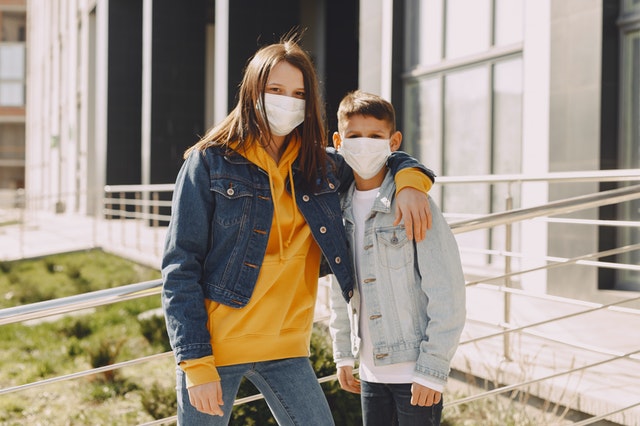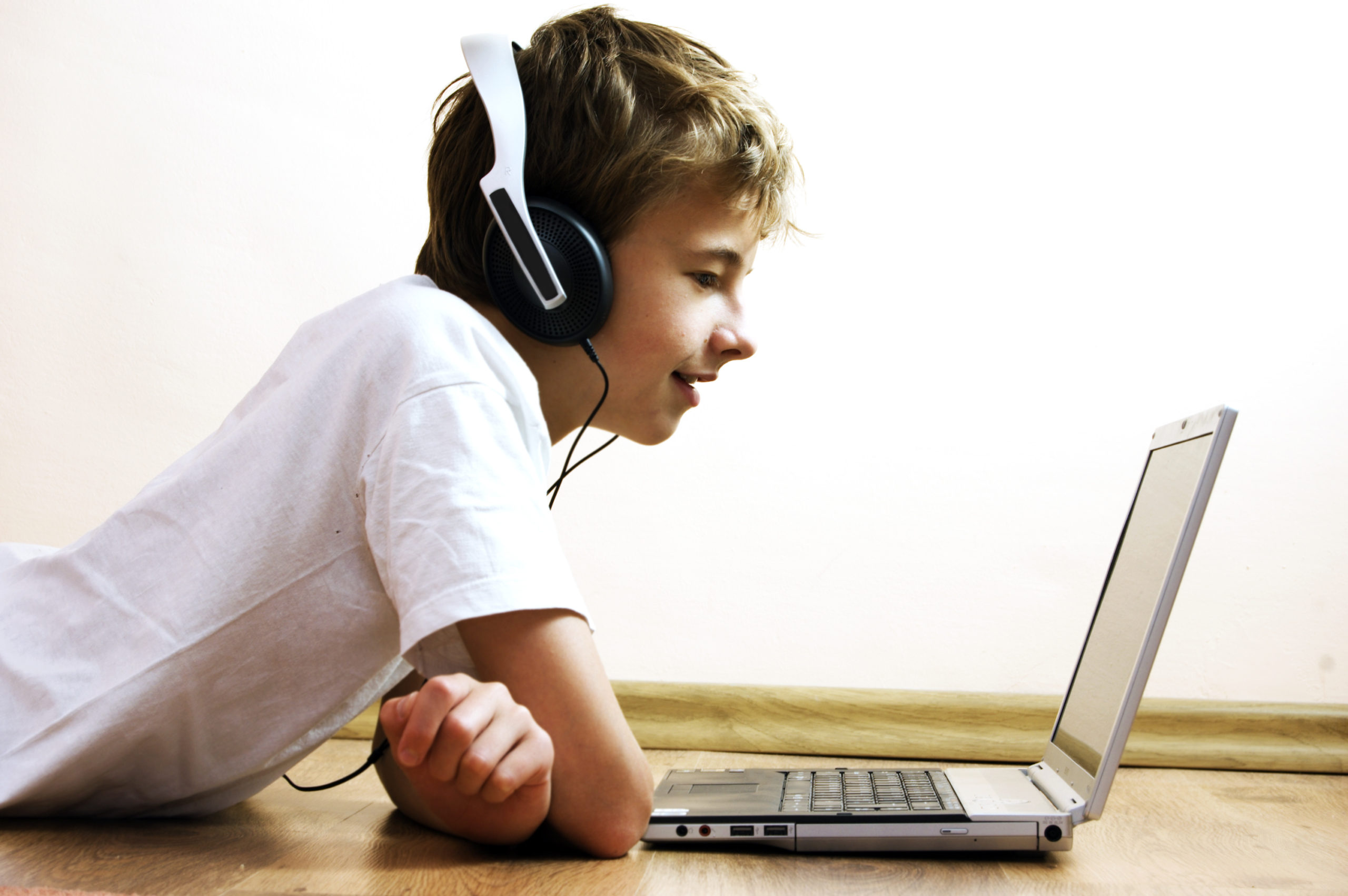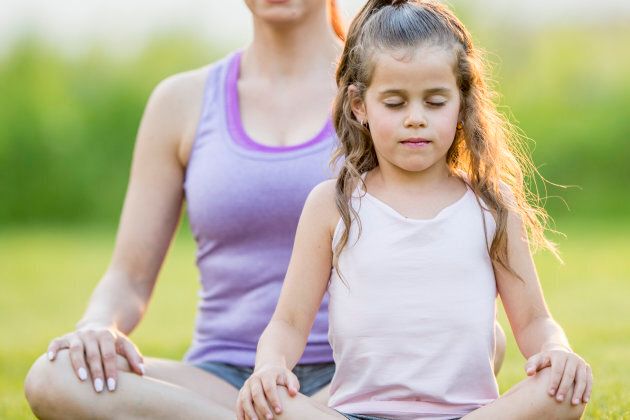
Emotional Wellbeing in Our Children: What Should We Look For?
One of our top priorities since the middle of March has been to carefully watch for the emotional wellbeing of our students, and their families once we began remote therapy sessions. As children were approved by each school district to receive music therapy through a teleconferencing platform, according to their IEP, one of our first priorities was observing for any cues during the teleconferencing session that the student or family were experiencing social-emotional challenges due to the stay at home order. Since then we have worked diligently to reach families who have been less responsive to explore if there is another level in which we can support them, even if teleconferencing is not an option. This has included phone calls, emails and sending packets of digital and printed music opportunities for the parent to participate in with their child. Music has offered the child and family a refreshing escape from some of the day to day challenges they have been experiencing. Families have at times sought out continuing music therapy over other services for the summer because of the positive effect it has had.
Uncertainty for the Fall
As school district administrations watch for direction from the state governors for guidelines, they are surveying the families. The intent is to determine what type of school attendance the parents are thinking is best for their children and family circumstances, however, in some cases the preferred choice is not available. One of the most popular preferred choices that have not been an option on the surveys is reopening schools fully for all students and allowing families to decide if they would like to participate. Instead, there appear to be hybrid models being proposed combining online learning and school attendance, to spread out the children during bussing and within the facility. Regardless of what each school district decides they will be offering the students and their families; it has become clear that the anxiety over what the new school year will look like is rising.
Parents are sharing the following concerns and questions:
- Will my child be safe if attending school?
- What are the potential health issues of my child wearing a mask all day in school?
- My child is showing depression over not being able to go back to school. What should I do?
- My children are not making progress using remote learning.
- We have a child with special needs, and she is falling further and further behind. How will she ever catch up?
- Are pandemic pods a safe way to go to help my child socialize and learn in a group?
- I need to go back to work however cannot do so unless my children can go back to school fulltime.
- My son has been experiencing increased anxiety when I am not around, something that we have never observed before.
Parents are wise to watch their children’s reactions to the changes they are experiencing. Here are some of the symptoms that might be observed:
4 to 7-Year Old
In children ages 4 to 7 years, children tend to express stress through regression and separation anxiety. They may begin bedwetting or cling to a parent when they attempt to leave the home. This is where routine comes in. It does not need to be the same routine from Pre-Covid19, it simply needs to be realistic for the current situation. This age group also struggles with social distancing which makes getting together with other children more difficult.
7-10-Year Old
In the 7 through 10 age group, children can pick up on stress and may become fearful for their own health. At this age, they are not typically capable of expressing their own emotions. The parent may see an increase in irritability or crying. Limiting how much news and adult conversation is conducted about the pandemic around these children is important. Instead, create opportunities for the child to talk with an adult and ask questions they have about what is going on as well as share how it is impacting their life, including their own health fears.
10-13-Year Old
In ages 10 to 13 years, children tend to struggle with academics. At this age, they work well with structure, which is why they need routine. They generally have not developed self-regulation at this age which makes schooling with much less instruction and guidance especially challenging. Parents should focus on the effort of the child and not necessarily the completed tasks. Providing them with an organized space and helping them create a structure that works best for them is most helpful for children in this age bracket.
14-17-Year Old
At ages 14 to 17, social distancing can have a devastating effect on them, resulting in an increase in depressive symptoms such as listlessness and lack of motivation. This age group is heavily impacted by the loss of sporting games, social gatherings like proms, clubs, and other regular or annual events. They can express their emotions and will do so when feeling safe and supported, so offer those natural times to open the door for honest conversation. Seek out someone outside of the family if they are not willing to talk to a family member. Assist your child in finding acceptable online social opportunities like yoga classes, gaming, and Zoom parties with their friends.
Creating a New Normal
All children can benefit from learned breathing exercises, mindfulness, regular weekly social gatherings online or in a pod, and scheduled weekly family activities that the child enjoys. Creating a new normal for this time is important while watching your children for emotional wellbeing concerns.
If your child is experiencing a difficult time with the many changes COVID-19 has created feel free to scroll down and send us a message in the Contact Us portion. We have many services including, counseling, creative arts therapy, and music therapy that might be helpful.








